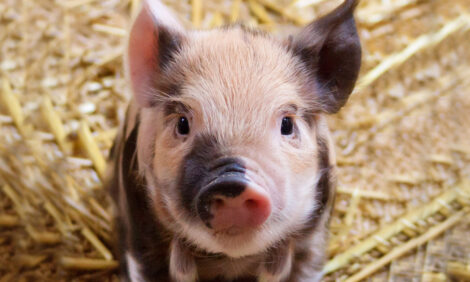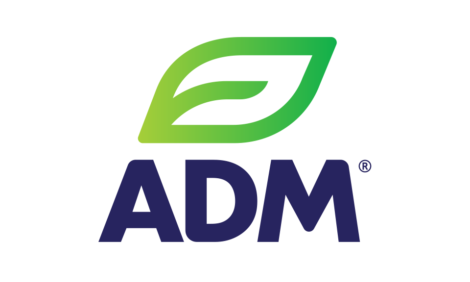



Managing pig flows when harvest capacity is restricted
If you review efficiency trendlines and reductions in carbon footprint over the past 20 years in the pork industry, you can’t help but be excited by the strides we’ve made. Unfortunately, with the pandemic turning our world upside down, we now have to put the brakes on production and restrict performance of live animals as processing plants are slowed or halted.That goes against our grain, but we need to adopt strategies that recognize today’s harsh reality — that there could be anywhere from 2 million to 4 million pigs above the weight throughput of a plant, a dire situation that leaves no choice but to euthanize market pigs.
There are, of course, a number of options to explore. Each has advantages and disadvantages, but in the end they all increase cost of production by reducing throughput. The arguments for one strategy or another change daily and are made with tremendous uncertainty. Let’s review the short-, intermediate- and long-term strategies that are available.
Where to begin
Each strategy begins with evaluating your current harvest weights, normal average daily gain and reductions in daily kills over the next 8 to 16 weeks. Most harvest plants can handle carcasses from up to 240 to 259 pounds. We think processing plants will struggle to get back to full capacity and may be further challenged as our projected harvest numbers for Q4 elevate above the anticipated normal harvest capacity. It’s therefore important to utilize your current harvest weight and inventory to project when you will be at the restrictive weights.
A host of strategies can be employed to reduce daily gain and extend the window for harvest.1 These include feeding a 97% corn diet (the anticipated reduction would be 50% or greater), adding 4% calcium chloride (anticipated reduction of 60% to 70%) and bulking up the diet with fiber from such ingredients as dried distiller’s grains (DDGs) or soy hulls. In our area (southern Illinois), DDGs are the most logical option to increase fiber. In other geographical areas, wheat mids, corn-germ meal or soy hulls may be a strategy. One caution with the addition of high DDGs: The iodine value in the carcass will increase and may trigger a discount. Mycotoxins also can be problematic if DDGs contain higher levels of vomitoxin or zearalenone from the previous harvest. Increasing stocking density reduces average daily gain and can actually improve feed conversion.
Restricting feed access
Reducing feeder openings causes the animals to require more time to eat and thus can marginally limit growth. General recommendations are to provide 40% pan coverage. If this is reduced to 20%, you will have a restriction in growth.
My preference is to tighten the feeder settings themselves rather than to entirely shut off a feeder hole because it will slow the occurrence of vices. Turning feeders completely off and then on again may not be a good strategy because it increases labor and promotes more aggressive behavior around the feeder. Pigs do not respond well to complete feed interruptions unless they are less than 12-hour interruptions.
Increasing barn temperature, which normally occurs during the summer, will reduce feed intake. Every 2 degrees (F) above the pig’s thermoneutral zone is estimated to reduce feed intake by 0.1 pound per day.
Stocking rates
Intermediate decisions revolve around finding additional space for overstocking wean-to-finish barns. Common double-stocking is effective for 7 to 8 weeks post-weaning as long as adequate water and feeder space is provided. When barns remain double or triple stocked past their square footage and/or water or feeder availability, vices will increase. Finding additional finishing capacity at a time when the industry needs the additional capacity is not likely.
Secondly, the finishing spaces that are available are generally ones that have underperformed. Even though the reduction in average daily gain is linear with respect to space, there is a threshold where one expects vices to increase including ear biting, side biting and tail biting.
Long-term decisions focus on the probability of when harvest capacity will reach normalcy or margins will improve to sustain our businesses. These strategies include reduction of sow inventory. This option is not readily available today because of the sow-harvest capacity and the likelihood that heavy slaughter pigs will be diverted to sow-kill facilities. Producers can stop breeding sows for a period of time, terminate pregnancies or euthanize suckling pigs. These all reduce inventory, but they do so at different time periods and help to stagger harvest. These strategies can have a profound effect on the morale of a production staff that has been focused on excellence.
| References | ||||
|---|---|---|---|---|
| 1 Euken R, et al. Economic | ||||
| Considerations for Reducing Growth Rates and Feed Intake in Finishing Pigs. | Iowa Pork Industry Center. | [accessed 23.04.2020] |







